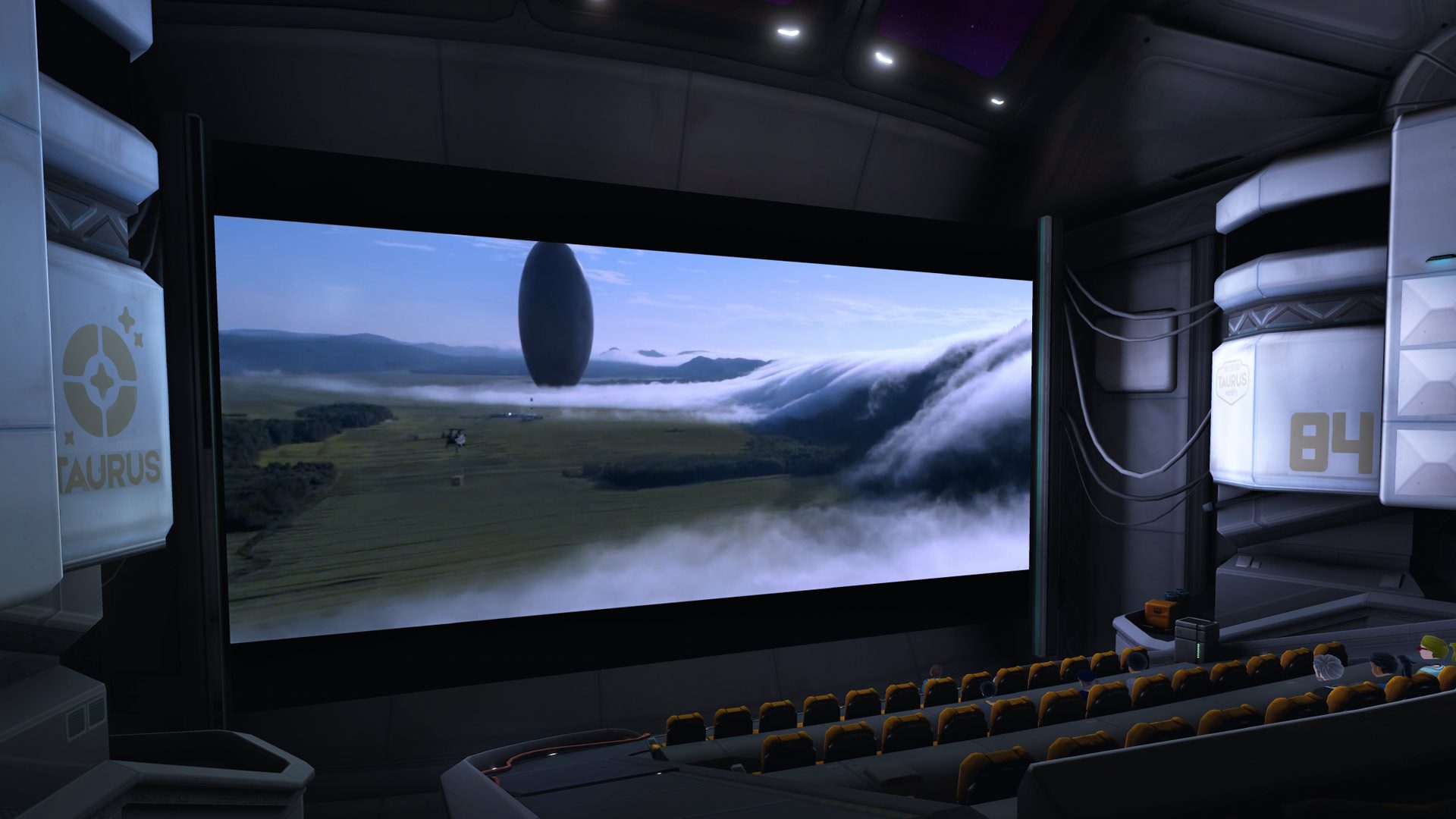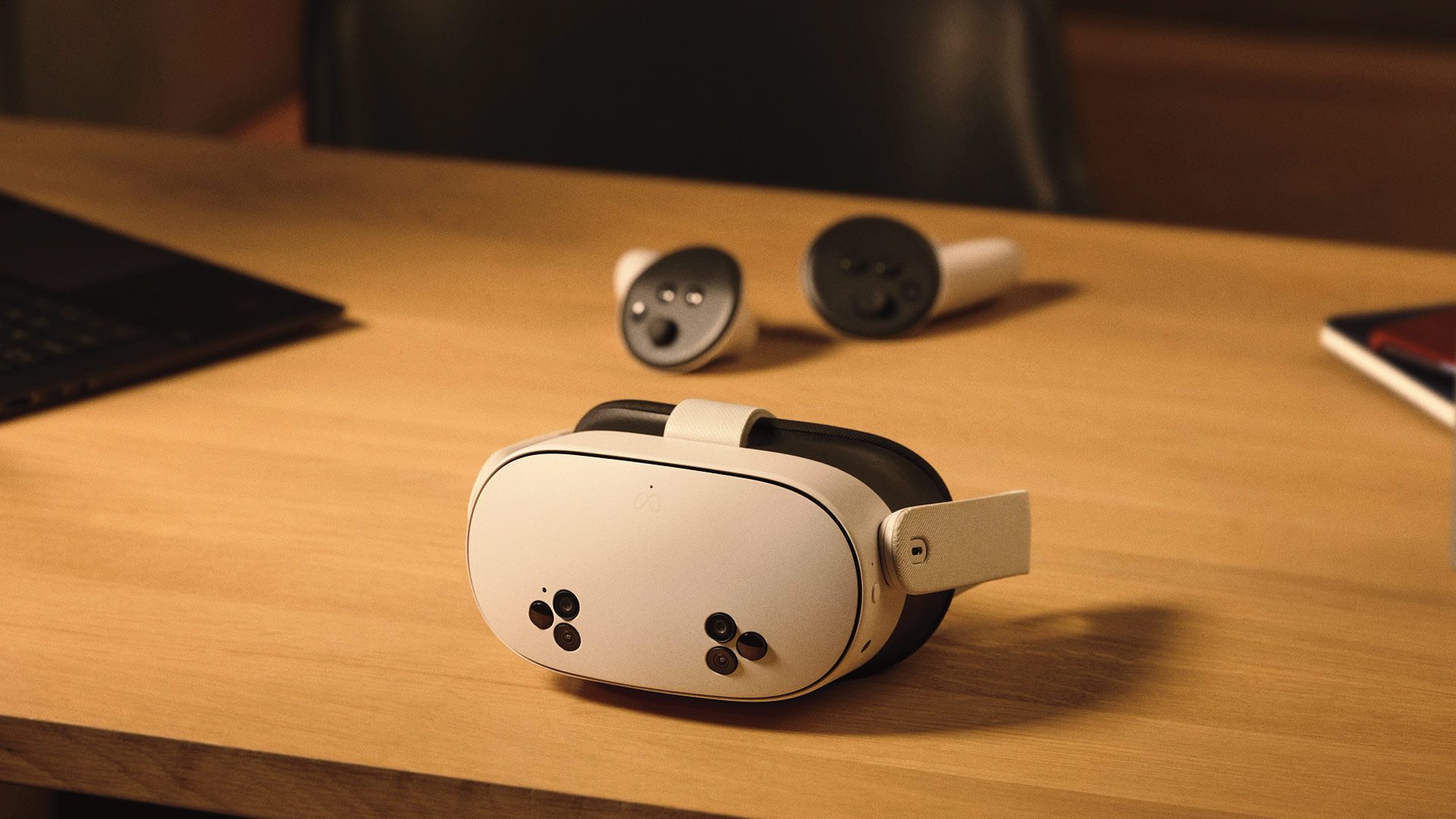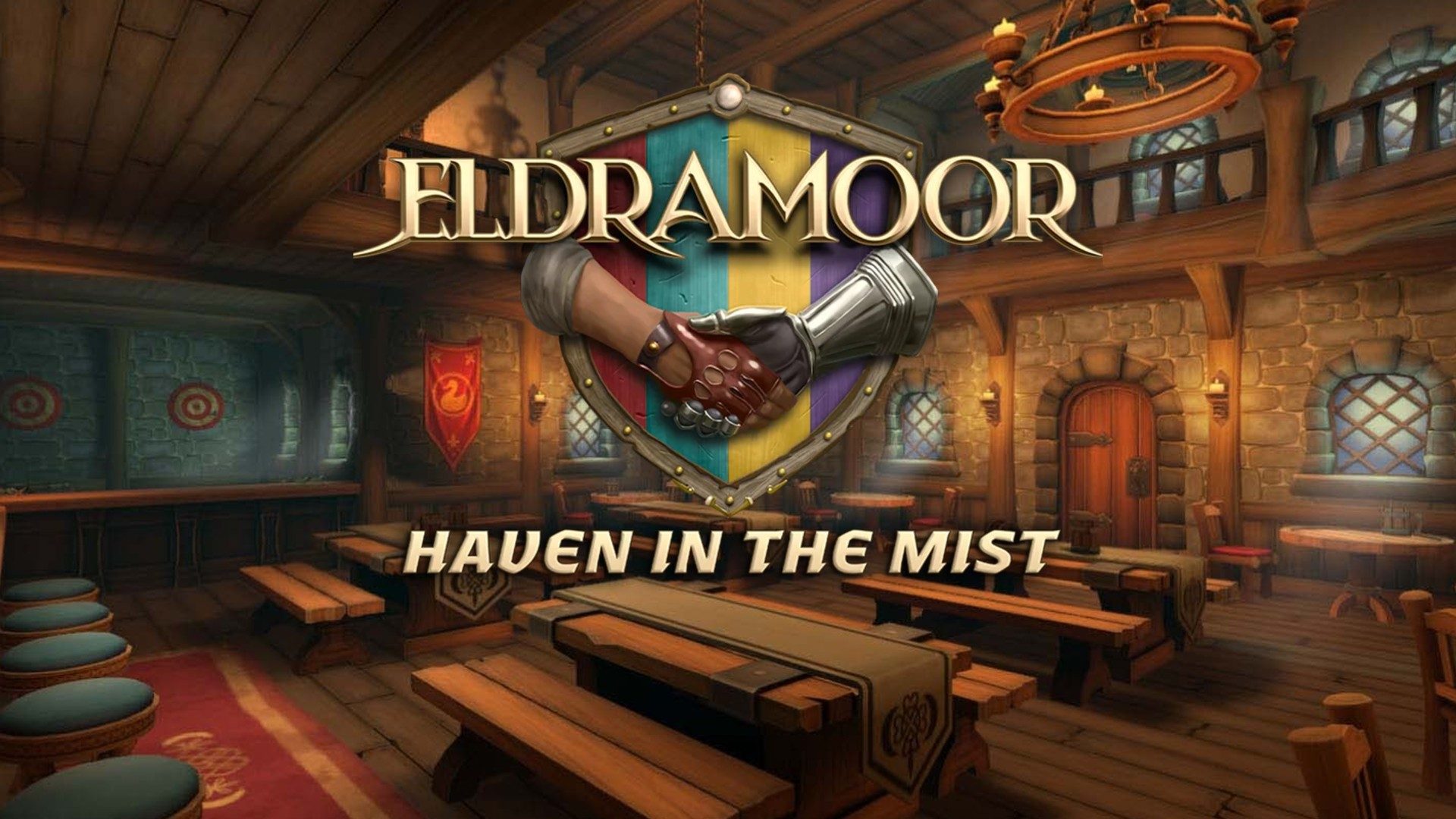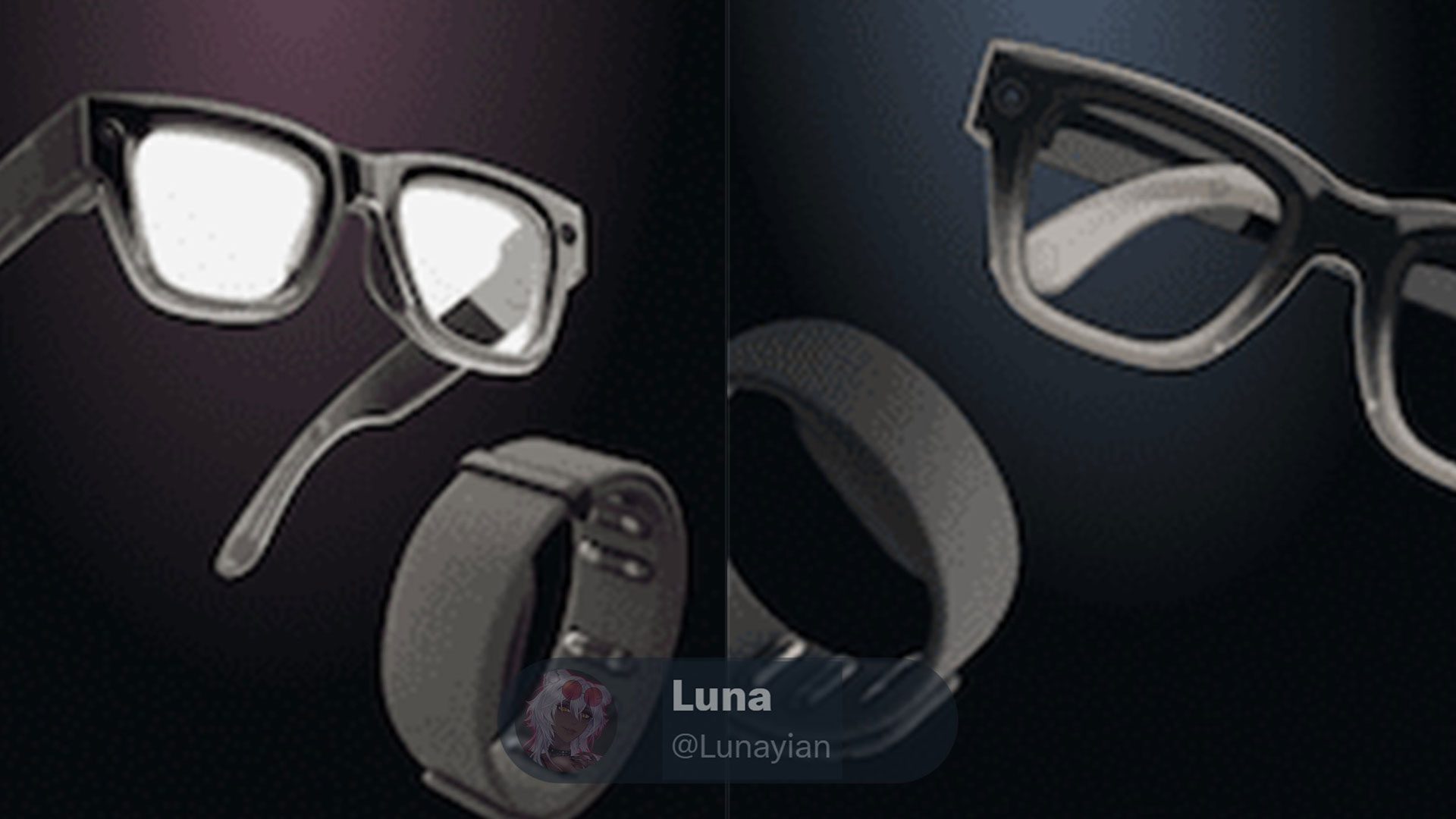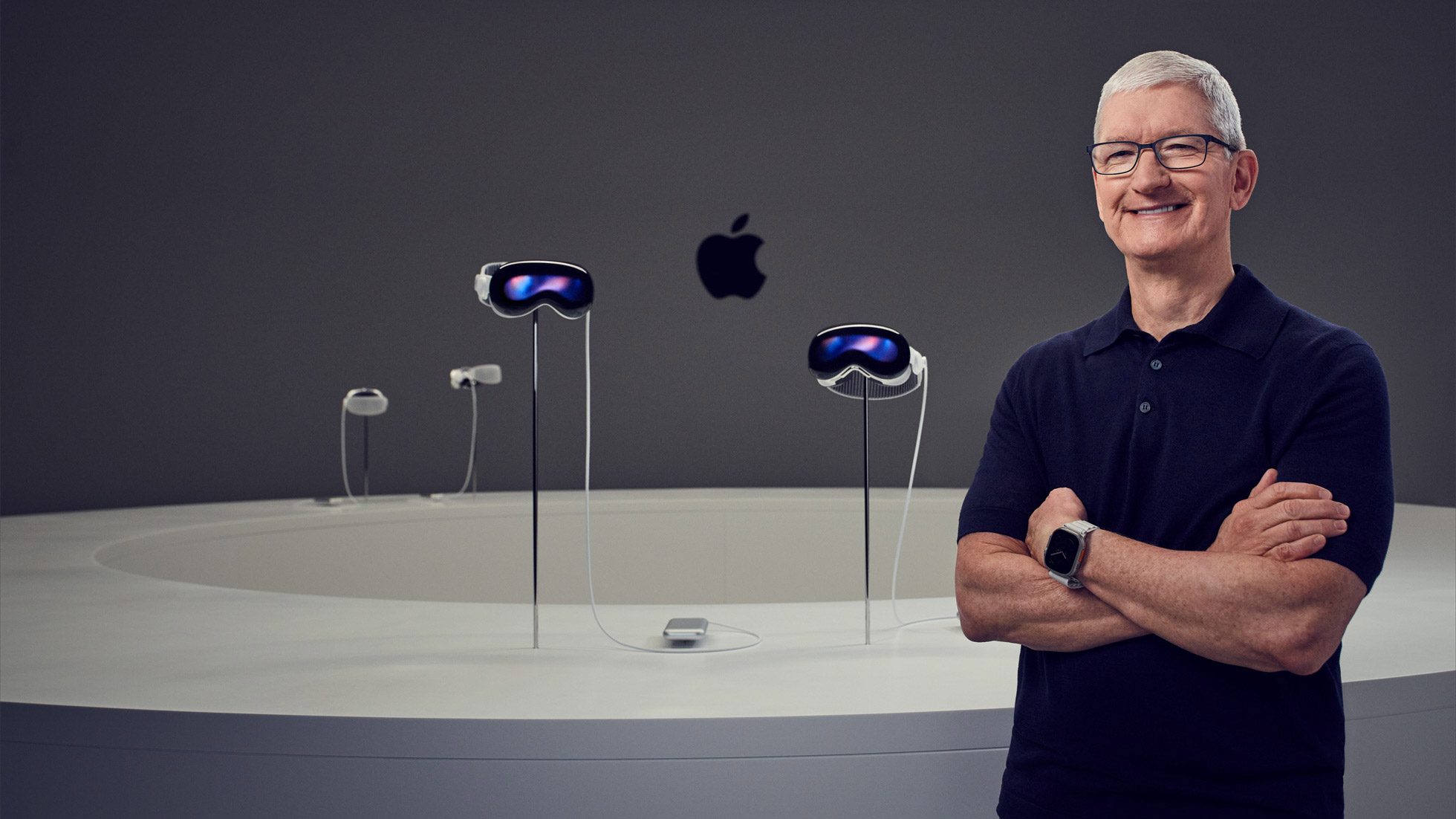Paris in the late ’90s—it was a promising era and setting that sparked my long-standing admiration for the globetrotting graphic adventure, Broken Sword. The Reforged edition claims to be “substantially enhanced,” though the quality of these improvements varies, especially if you’re a purist like me. However, since you can opt to play the original, which I view as nearly flawless, any minor complaints I have fade into the background. In essence, Reforged offers the best of both worlds.
It’s worth mentioning my fond nostalgia for this game—first played during my late teenage years on the Sony PlayStation. Though it suffered from lengthy load times, that 1998 version opened the doors for console gamers like myself to a series that’s endured over the years. Nintendo enthusiasts might recognize it from subsequent releases on the GBA (as discussed in my retro review in PNM Issue #32) or the Director’s Cut available on DS and Wii. These editions attracted newcomers to the genre who hadn’t experienced the original, though existing fans had reservations about the updates. Acknowledging this, Revolution Software wisely trimmed those modifications, focusing instead on the exemplary core game.
Broken Sword is a story-driven adventure that kicks off with quite a bang—literally. An explosion rocks a sidewalk café, and caught in the midst of it all is American tourist George Stobbart. His motivations might initially appear limited (not uncommon in this genre). Is it a quest for justice, arising from his law background, or survivor’s guilt? More likely, he’s just an adventurous spirit on holiday, seeking excitement with no set plans or budget to worry about. Partnering with a charming photojournalist certainly adds to the allure.
Enter Nicole Collard, your non-playable ally. She’s the shutterbug George admires, and together they build chemistry as the story unfolds. While she may seem passive compared to George, who’s actively hitting various cultural and historical hotspots, she’s full of surprises I won’t spoil for first-timers. Their relationship develops naturally and adds depth to the narrative.
Their initial quest to uncover more about the café victim and his killer, who was cleverly disguised as a clown, unravels into a complex mystery with deep-rooted ties to the Middle Ages. The topic of the Knights Templar is quite popular now with books and films, but back then, it was groundbreaking. Broken Sword played a pivotal role in sparking gamers’ interest in history.
One of the game’s strengths is how it weaves together an array of side characters and George’s interactions with them. There’s no such thing as an insignificant NPC in Broken Sword; each leaves a lasting impression. The seemingly mundane dialogues often result in entertaining and memorable moments—a major reason why the Director’s Cut lost its charm over time. Players made it clear that these seemingly trivial interactions were actually vital to the game’s appeal and challenge. Showing a greasy tissue you found in the sewer to anyone you meet isn’t just an option—it’s part of the fun.
Back when I first played, the character voices blew me away. Now, I can identify some of the voice actors’ dual roles and their stereotypical accents, yet I’m still impressed. Rolph Saxon’s portrayal of George and most of the Irish accents remain highlights. Dialogue modulation is spot on, and subtitles ensure you catch every word. Vocals are just one piece of the audio puzzle, though. The late Australian composer Barrington Pheloung’s orchestral soundtrack continues to enchant, punctuating key moments and elevating the cinematic experience. My only slight musical critique involves the fiddle player in the Irish pub; the music seems a bit too loud and transitions abruptly. This may be due in part to growing up with the PlayStation edition where the character was removed. A quick adjustment in settings should smooth this out, though a patch could refine it further.
While the audio captivates, it’s the visual presentation that will draw most players’ attention. The original art from Don Buth Studios has been meticulously reimagined in high definition, and with a quick button press, you can switch between the styles. There’s undeniable joy in scrutinizing every screen, soaking up even the smallest tweaks. Reforged shines brightest when it remains true to the original’s timeless beauty, making subtle enhancements that feel natural. Some of the earliest examples include the animated opening sequence, which has never looked better. Now there are cars driving along the city streets, which fits perfectly. The café explosion site appears even more ravaged, adding to the realism. The character of Flap, described by George as a “gorilla” gangster, now looks more imposing, matching his brawny description.
However, Reforged falters somewhat when it strays too far from the original. While I appreciate the autumn foliage by Nico’s apartment, other color choices in some scenes give off a “Paris in the Spring” vibe. The lighting sometimes feels off, like the chandelier at Hotel Ubu or the sewers’ shadows. In striving for realism, certain details lose the grittiness that made the original appealing. The revamped Crune Museum, specifically in daytime scenes, barely resembles its predecessor, opting for a cleaner, more commercial appearance which feels out of place.
Thankfully, you can easily switch back to the original presentation, nullifying these concerns—a feature the Director’s Cut lacked on Nintendo hardware. Some newer players, like my wife, might favor the fresh version, which I completely understand. I often enjoy it myself. Still, don’t hesitate to tweak the settings to find what suits you best, especially if playing in handheld mode where the original truly shines.
The puzzles preserve the era of the original release. Back in 1996, hardly anyone had a mobile phone or Internet. George relies on public phones and print materials for gathering information. You’ll manage a substantial inventory and converse with everyone about anything imaginable. Those familiar with the Director’s Cut might be surprised by the expanded options, but the added complexity enhances the experience. Consider carefully before opting for the “Story” approach over “Classic” at the outset. Having the choice is fantastic, but you might later lament opting for hints and highlighted areas.
Some puzzles can result in character death, but autosaves and manual saves prevent excessive replaying. The cursor is highly responsive, even at the default setting, which is crucial for certain timed puzzles requiring snappy actions. You can also use a capacitive stylus in handheld mode. Players impatient with travel speeds may welcome the faster movement option, though Broken Sword is best savored without rushing, enabling you to fully appreciate everything it offers. And let’s not forget, among point-and-click titles, Broken Sword boasts one of the greatest puzzles of all time.
Broken Sword – Shadow of the Templars: Reforged honors the legacy built by its dedicated fanbase while inviting newcomers to embrace the series that many regard as a genre leader. Don’t let the unattractive menu icon, a spoiler-laden listing screenshot, or any other marketing faux pas deter you. The game stands as a masterpiece.
The engaging storyline, unforgettable characters, delightful puzzles, and gorgeous visuals make Broken Sword – Shadow of the Templars: Reforged a standout choice for a new wave of gamers. Here’s to hoping the sequel and the rest of the series find their way to Nintendo platforms. It’s 2024, and my game of the year happens to be a graphic adventure first introduced in 1996. Quite the surprise!































